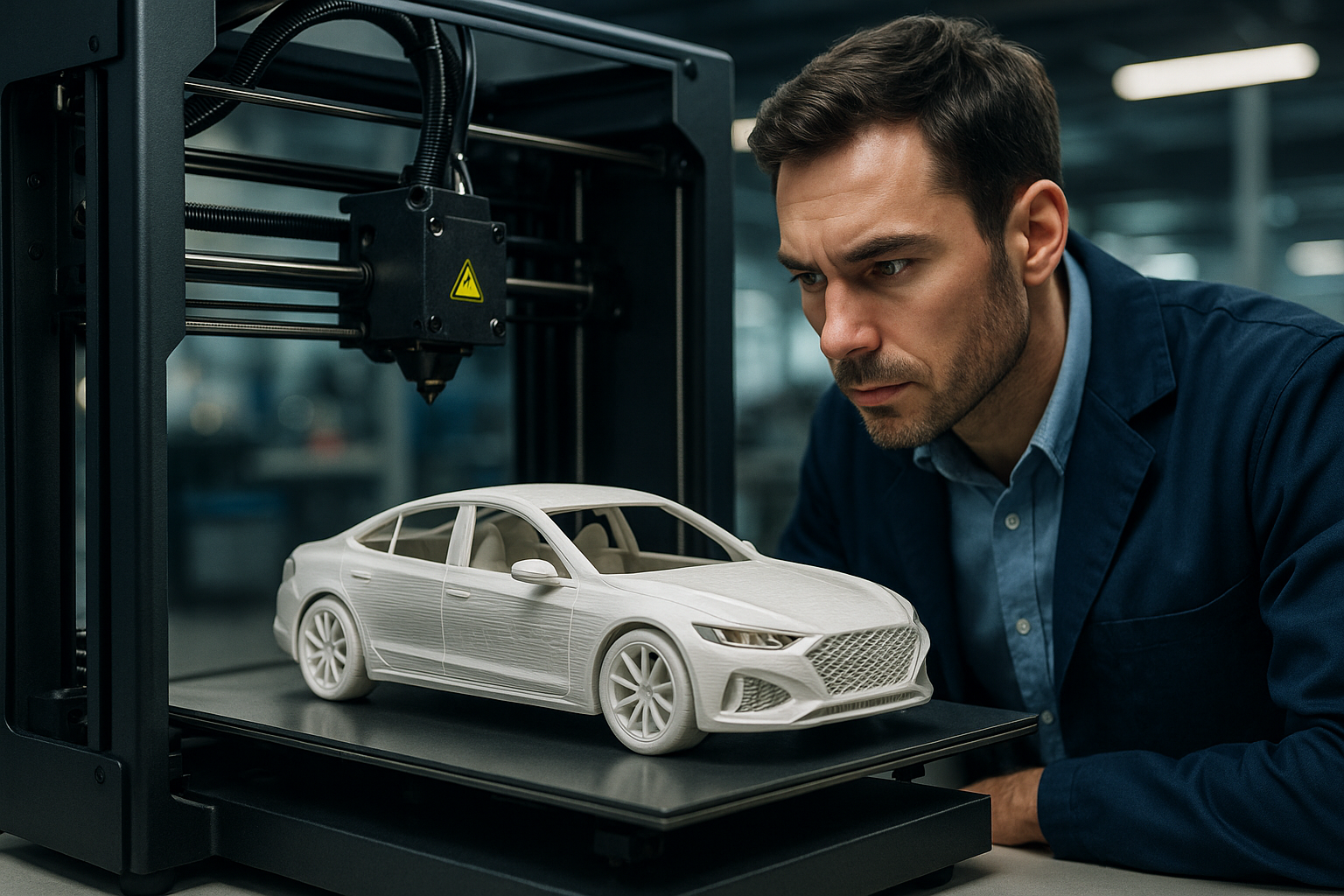Pushing Boundaries: The Innovative Science Behind 4D Printing in the Automotive Industry
The automotive industry has always been a hotbed of innovation. From the first combustion engine to the latest electric vehicle technology, car manufacturers continually push boundaries to improve performance, safety, and sustainability. One of the most exciting developments in recent years is the advent of 4D printing. In contrast to 3D printing, which involves creating a three-dimensional object layer by layer, 4D printing goes a step further by incorporating the element of time, leading to materials that can change and adapt over time.

A Detailed Look at 4D Printing
4D printing involves the use of smart materials that react to specific triggers such as heat, light, or water, causing them to alter their shape or properties over time. This technology was first developed by the Self-Assembly Lab at the Massachusetts Institute of Technology (MIT) and is now being explored by various industries, including automotive manufacturing.
The primary attraction of 4D printing for the automotive industry lies in its potential to create adaptive components. These components could self-optimize to changing conditions, from adjusting aerodynamics for different speeds to self-healing scratches or damage.
Current Trends and Insights in the Automotive Industry
Several automotive manufacturers have already started exploring the potential of 4D printing. BMW, for instance, partnered with the Self-Assembly Lab at MIT to create an inflatable material that can change its shape and rigidity in response to changes in its environment. This material could potentially be used in car interiors, providing adaptive comfort and support to passengers.
Simultaneously, companies like Ford have been investigating the use of 4D printed materials for self-healing car body panels, reducing the need for costly and time-consuming repairs.
The Impact and Challenges of 4D Printing
The potential impact of 4D printing on the automotive industry is enormous. It could lead to vehicles that are more efficient, comfortable, and resilient, improving the driving experience while reducing environmental impact.
However, the technology also presents several challenges. For one, the cost of 4D printed components is currently high, making them impractical for mass-produced vehicles. Additionally, there are still many unknowns about the long-term durability and reliability of these components.
The Future of 4D Printing in the Automotive World
Despite the challenges, the potential of 4D printing is undeniable. As the technology matures and becomes more affordable, it could revolutionize the way cars are designed and manufactured. In the future, we might see cars that adapt to their surroundings in real-time, improving performance, comfort, and safety.
In conclusion, 4D printing represents another leap forward in the ever-evolving world of automotive technology. It’s an exciting development that promises to bring about a new era of innovation and advancement, propelling the industry into a future filled with possibilities.






